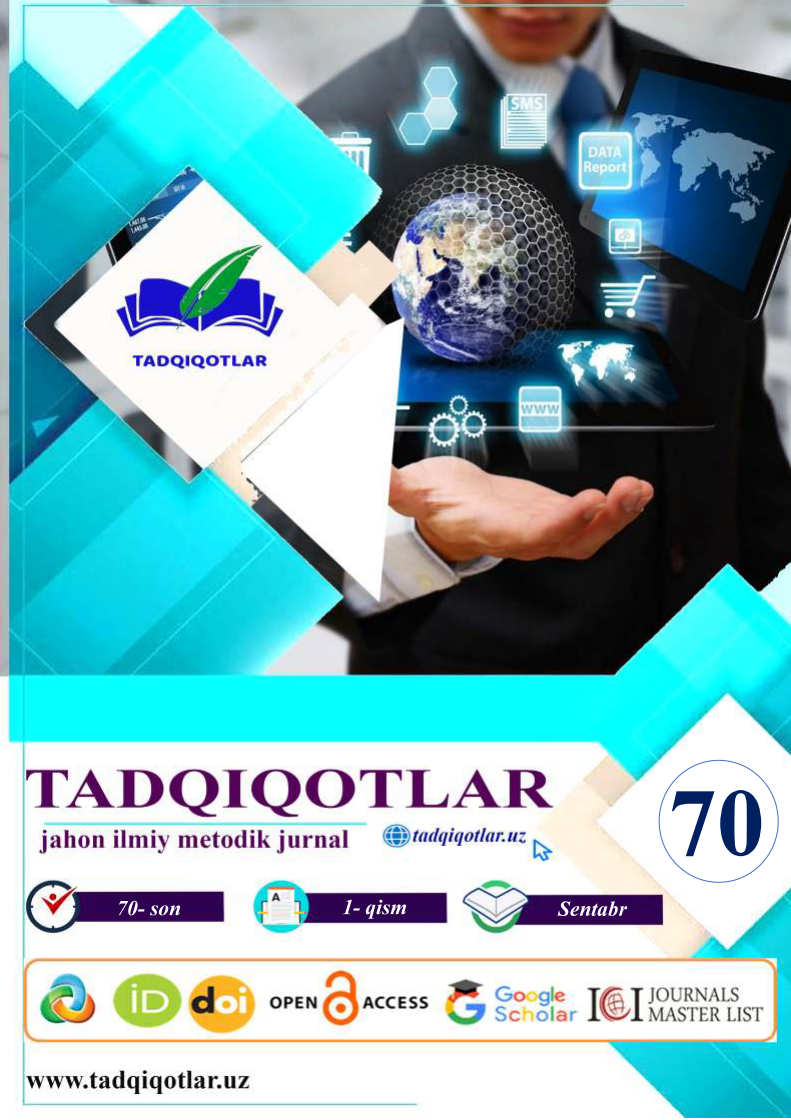COMPARATIVE ANALYSIS OF CHILDREN’S GAMES IN ENGLISH AND UZBEK FAIRY TALES
Keywords:
Keywords: Children’s games, fairy tales, English folklore, Uzbek folklore, comparative analysis, cultural heritage, moral values, symbolism.Abstract
Annotation: This article presents a comparative analysis of children’s games
reflected in English and Uzbek fairy tales. The study explores how traditional games
are represented in the folklore of both nations, emphasizing their cultural, educational,
and social functions. By examining selected fairy tales, the paper highlights similarities
and differences in the symbolic meanings of games, their role in shaping moral values,
and their contribution to children’s imaginative development. The findings
demonstrate that children’s games in both English and Uzbek fairy tales serve not only
as a source of entertainment but also as an important tool for transmitting cultural
heritage and ethical principles to younger generations.
References
References
1. Propp, V. (1968). Morphology of the Folktale. Austin: University of Texas
Press.
2. Thompson, S. (1977). The Folktale. Berkeley: University of California Press.
3. Zipes, J. (2006). Why Fairy Tales Stick: The Evolution and Relevance of a
Genre. New York: Routledge.
4. Dundes, A. (1999). International Folkloristics: Classic Contributions by the
Founders of Folklore. Lanham: Rowman & Littlefield.
5. Warner, M. (1995). From the Beast to the Blonde: On Fairy Tales and Their
Tellers. London: Chatto & Windus.
6. Bottigheimer, R. (2009). Fairy Tales: A New History. Albany: SUNY Press.
7. Hasanov, B. (2018). Uzbek Folklore and Its Pedagogical Significance.
Tashkent: Fan va Texnologiya Publishing.
8. Khodjaeva, N. (2020). Children’s Games in Uzbek Folklore: Cultural and
Educational Aspects. Central Asian Journal of Literature and Culture, 2(1), 45–
56.
9. Opie, I., & Opie, P. (1985). The Singing Game. Oxford: Oxford University Press.
10. Zipes, J. (2012). The Irresistible Fairy Tale: The Cultural and Social History of
a Genre. Princeton: Princeton University Press.
11. Rahmonov, M. (2017). Symbolic Meanings of Play in Uzbek Fairy Tales.
Journal of Uzbek Literature Studies, 5(2), 102–118.
12. Briggs, K. (1970). A Dictionary of British Folk-Tales in the English Language.
London: Routledge & Kegan Paul.

